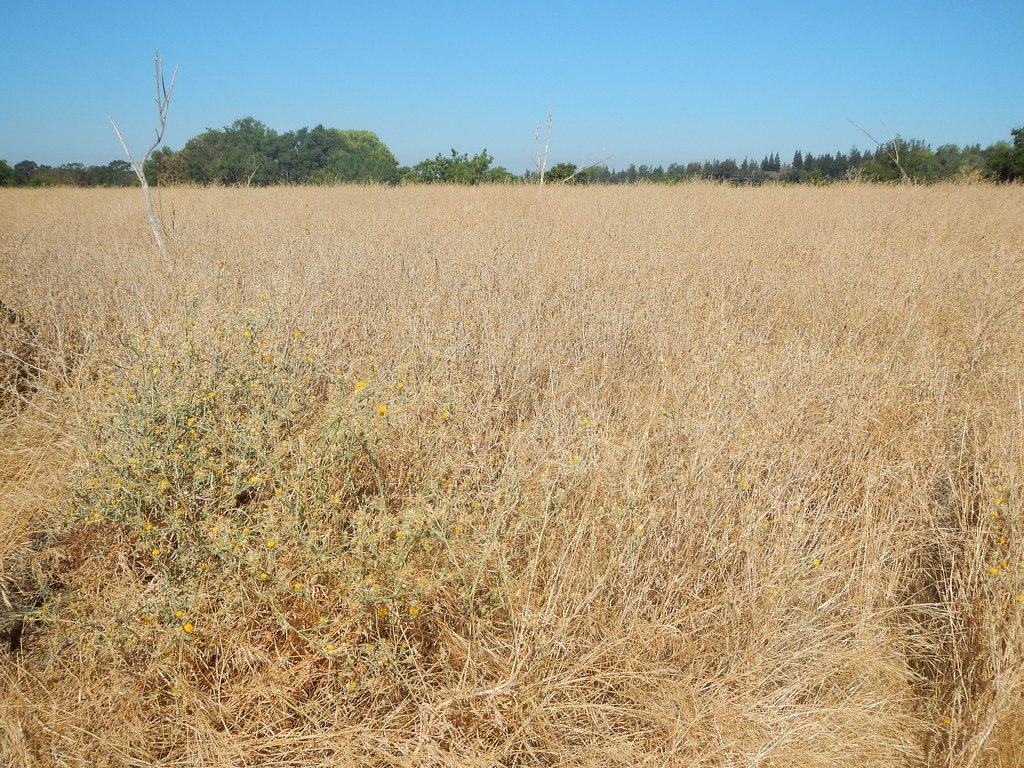Imagine a world where monstrous predators roamed shadowy forests and icy plains, their very presence enough to send a chill down any creature’s spine. Romania during the Ice Age was just such a place—a land of giants, mystery, and relentless survival. Among the most fearsome of all the creatures were the giant cave hyenas, notorious for their size, cunning, and for being the most uninvited, unstoppable party crashers at every Ice Age feast. These hyenas weren’t just scavengers—they were the unchallenged rulers of the night, and every bone in the valley told a story of their dominance.
The Land of Ice and Shadows: Romania’s Prehistoric Landscape
Thousands of years ago, Romania looked nothing like the vibrant country we know today. Thick glaciers crept across the land, carving valleys and shaping rugged mountains. The air was colder, and the forests stretched endlessly, filled with mammoths, woolly rhinoceroses, and ancient deer. Rivers ran wild, and caves offered shelter to both predator and prey. It was a harsh world, demanding both strength and cunning for survival. In this arena of giants, the cave hyena found its kingdom, perfectly adapted to thrive amid frozen winds and endless night. Their prey was plentiful, but so were the dangers, making every hunt a dramatic battle for life itself.
Meet the Giant Cave Hyena: Not Your Average Carnivore
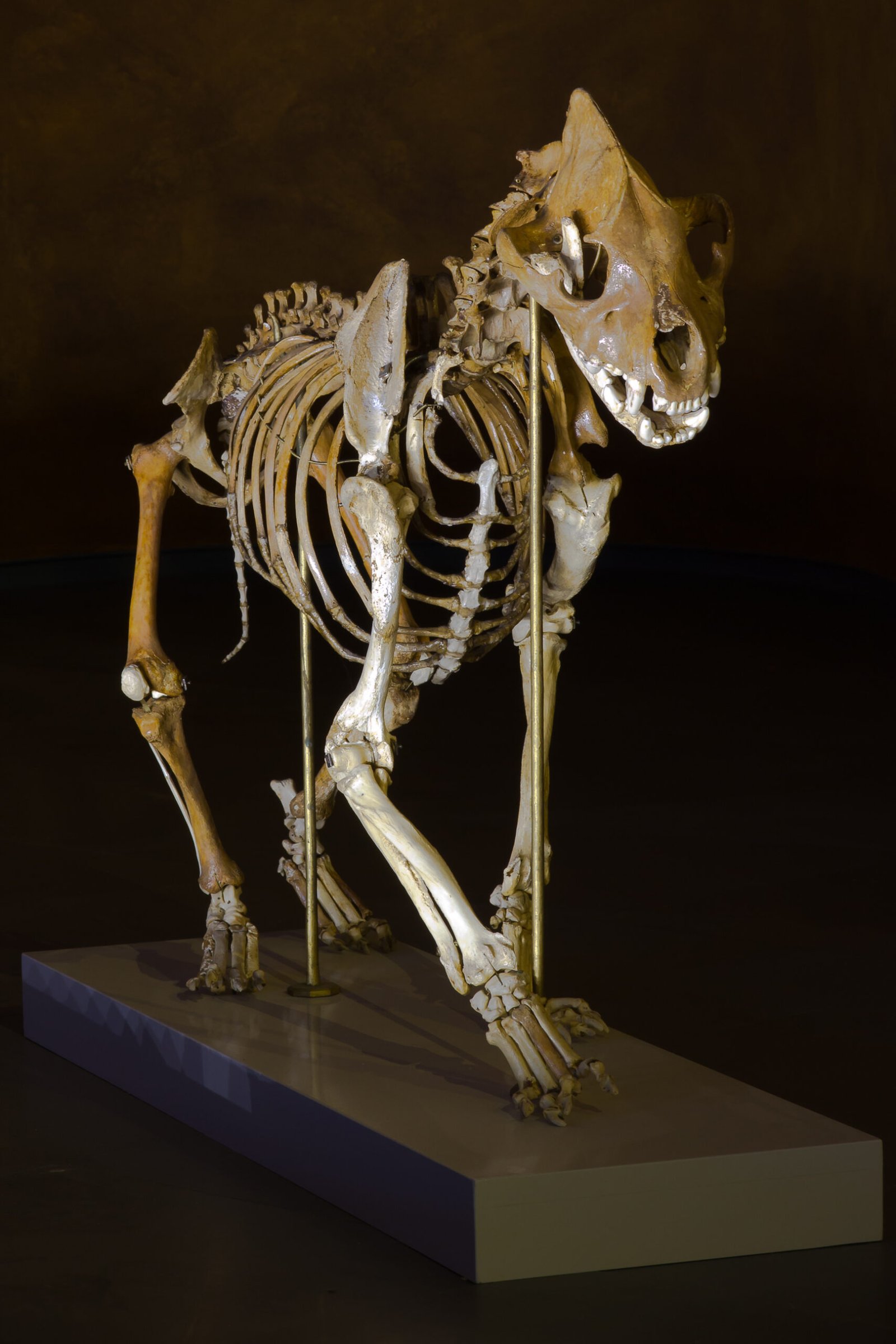
Far larger than today’s African spotted hyenas, the Ice Age cave hyena (Crocuta crocuta spelaea) was a true heavyweight, with some fossils suggesting they matched modern lions in size. Muscular bodies, powerful jaws, and crushing teeth made them formidable hunters and even more impressive scavengers. Their coats were likely thick and shaggy, protecting them from the brutal climate. Unlike the sometimes comical reputation of their modern relatives, these giants exuded raw power and intelligence. They moved in packs, their calls echoing through the dark valleys—a sound that must have struck terror into the hearts of every animal within earshot.
Apex Party Crashers: Masters of the Mammoth Feast

When a mammoth or bison fell, the real drama began. Giant cave hyenas were famous for showing up uninvited to the kills of other predators, like saber-toothed cats or cave lions. Using sheer force and numbers, they bullied their way into the feast, scattering competitors with fearsome growls and snapping jaws. Scientists believe their tremendous bite could crush bones with ease, allowing them to devour even the marrow inside—a rare treat during the Ice Age. This ability to “crash the party” and dominate carcasses gave them a unique edge, ensuring they rarely went hungry even when times were tough.
Family Matters: Inside the Hyena Clan
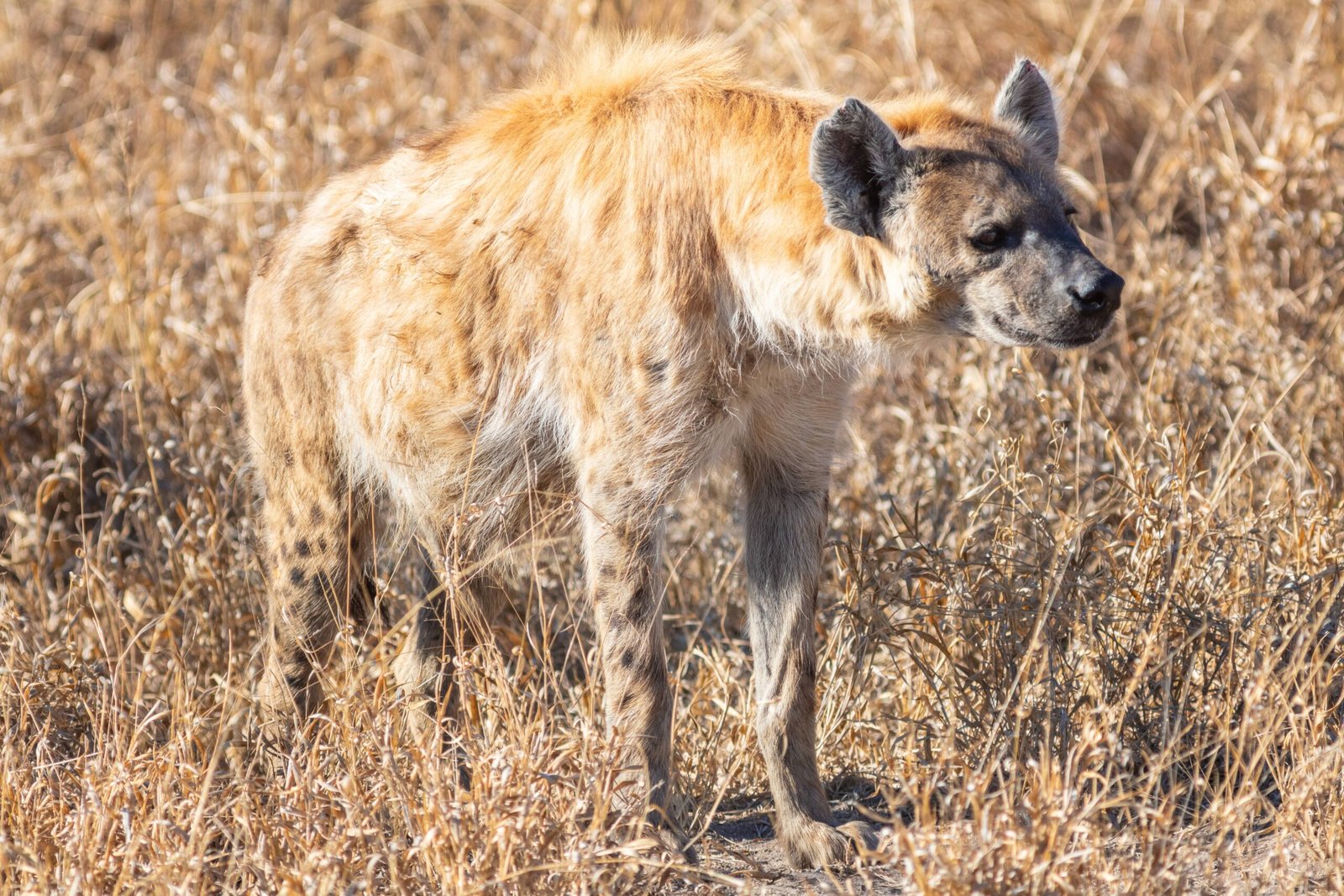
Cave hyenas were not solitary hunters; they lived and worked in packs, much like today’s hyenas. These family units were tight-knit, with complex social structures and clear hierarchies. Older, dominant females often led the clans, guiding them to food and safety. Cubs were fiercely protected and taught the brutal rules of Ice Age survival from a very young age. The strength of the clan meant that even the largest predators had to think twice before challenging a group of hyenas. Their teamwork, communication, and cooperation were key factors in their reign as apex party crashers.
Bone Crunchers: The True Power of Their Jaws
One of the most astonishing features of the giant cave hyena was its jaw. With teeth built like industrial tools, they could shatter massive bones that most other predators left behind. Fossilized bones found in Romanian caves are often covered in distinctive gnaw marks, clear evidence of hyena feasts from thousands of years ago. Scientists studying these bones have marveled at the strength required to create such marks. This bone-crushing ability meant they could access nutrients other animals couldn’t, giving them an evolutionary advantage in the cold, resource-scarce world of the Ice Age.
Hyenas in the Shadows: Life in the Caves
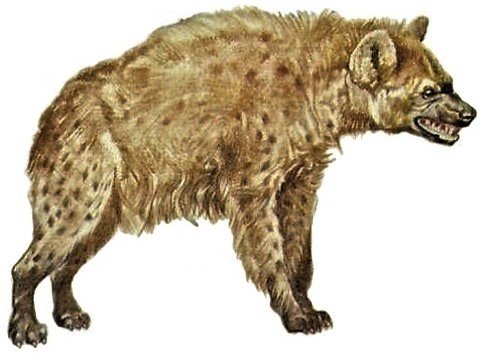
Caves were more than just shelters—they were the centers of hyena society. These natural fortresses offered protection from the elements, a place to raise young, and even a storage space for bones and leftovers. Archaeologists have uncovered massive bone piles in Romanian caves, a testament to generations of hyenas dining and thriving in these shadowy lairs. These caves tell stories of feasts, battles, and family life, preserved in stone and bone for millennia. Even today, stepping into one of these ancient dens feels like traveling back in time to a world ruled by tooth and claw.
Clash of the Titans: Competition and Conflict
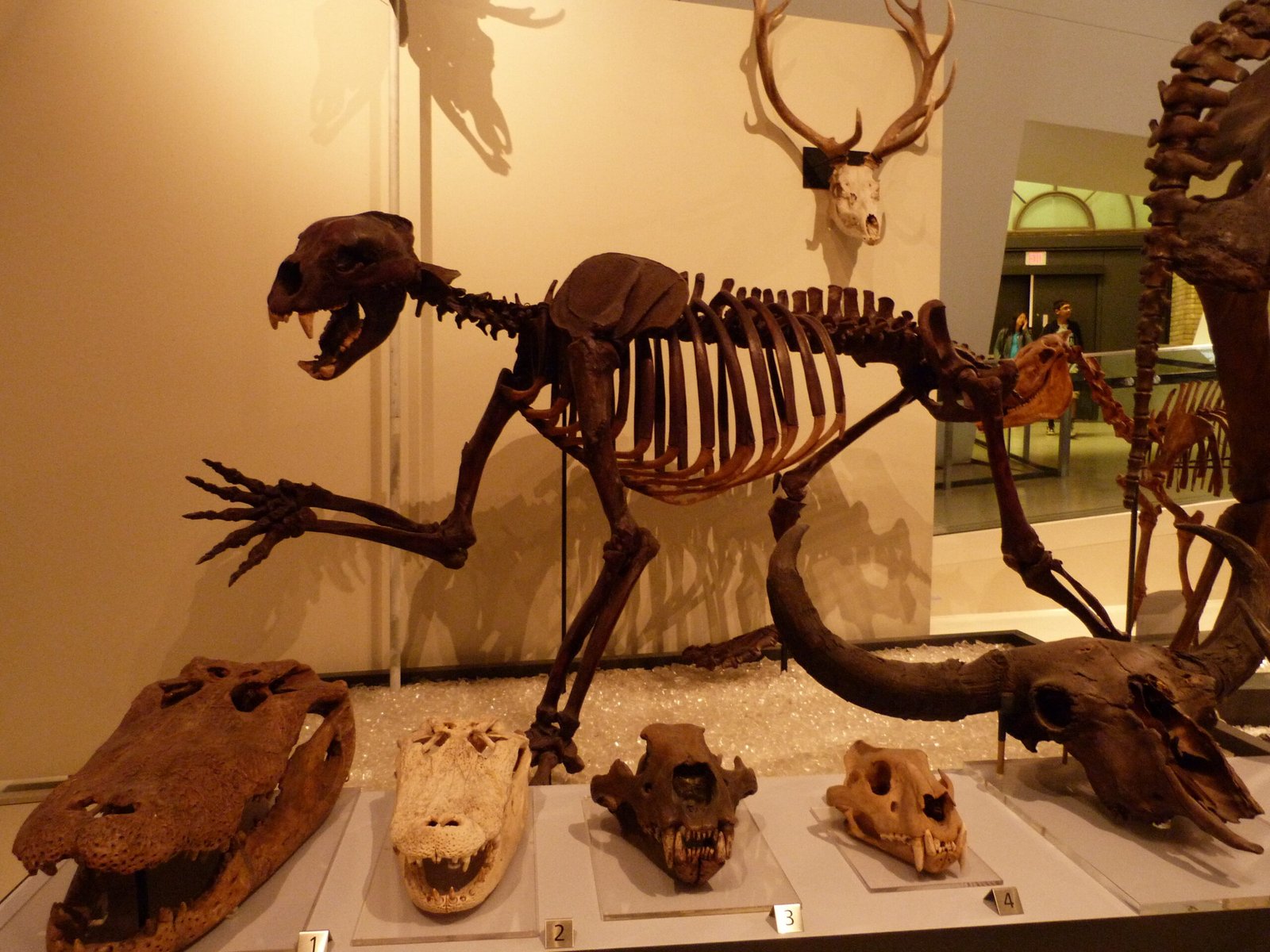
Romania’s Ice Age was not a peaceful kingdom—predators competed fiercely for every scrap of meat. Cave hyenas faced off against saber-toothed cats, cave bears, and wolves, each with their own strengths and strategies. Sometimes, these confrontations left clear marks: broken bones, bite wounds, and even fossils of animals locked in combat. The hyenas’ pack mentality and bone-crushing jaws often tipped the scales in their favor. Yet, the constant battles meant that life was a high-stakes game, with every hunt offering both opportunity and mortal danger.
The Human Connection: Early Encounters With Hyenas
Humans, too, walked the icy landscapes of ancient Romania, and their paths often crossed with the giant cave hyenas. Early people competed for shelter and food, sometimes scavenging the same carcasses or settling in the same caves. Archaeological evidence suggests a tense relationship: cut marks on bones from stone tools mixed with hyena gnaw marks hint at shared—and fiercely contested—meals. For prehistoric humans, avoiding the attention of a hungry hyena pack could be a matter of life and death. These encounters shaped not only their survival strategies but also their myths and stories.
Extinction: The Last Roar of the Cave Hyena
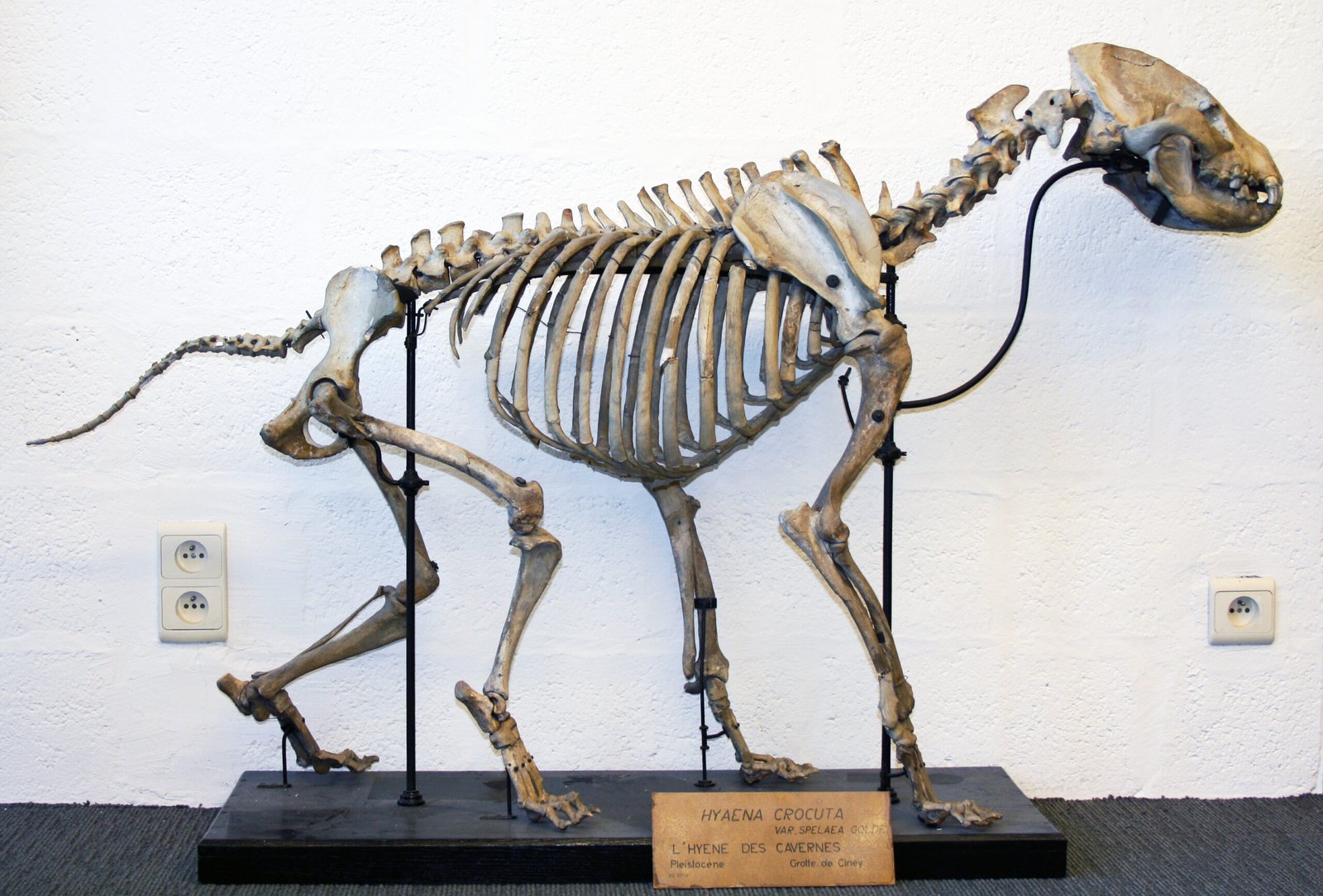
As the Ice Age drew to a close, the world began to change rapidly. Warming temperatures, shrinking forests, and the disappearance of large prey placed enormous pressure on the giant cave hyenas. Human populations grew, competing even more fiercely for resources and shelter. Over time, these pressures proved too much, and the mighty hyenas vanished from Romania’s landscape. Their bones and the stories embedded within them are all that remain, silent witnesses to an age of giants and their dramatic fall from power.
Echoes From the Past: What the Hyenas Teach Us Today
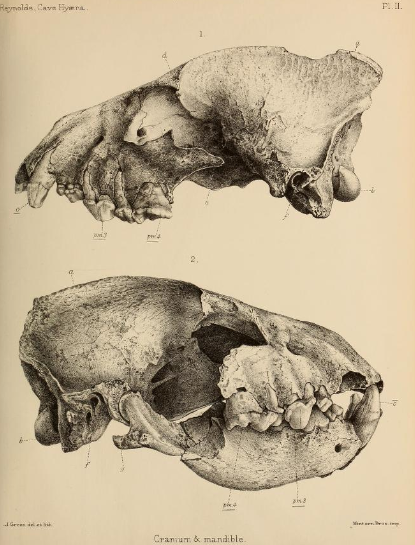
The story of Romania’s giant cave hyenas is more than a tale of prehistoric beasts—it’s a lesson in survival, adaptation, and the fragile balance of nature. Their rise and fall remind us of the power of evolution and the relentless march of change. As we uncover more about these incredible creatures, we gain new insights into the world that shaped us and the forces that still shape life on Earth. The echoes of their roars and the shadows of their bones challenge us to imagine, discover, and protect the wild wonders that remain.
What other secrets might be waiting, buried beneath the stones and ice, for us to uncover?


